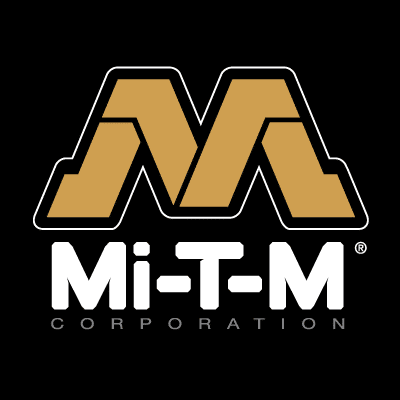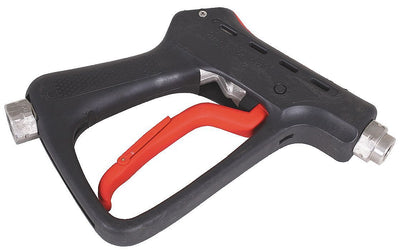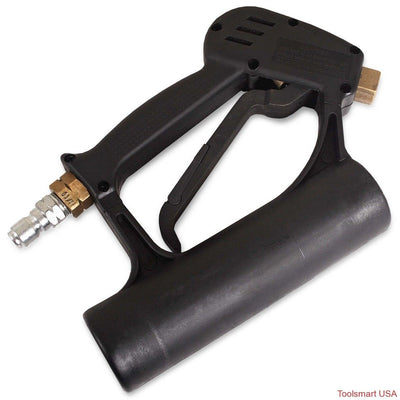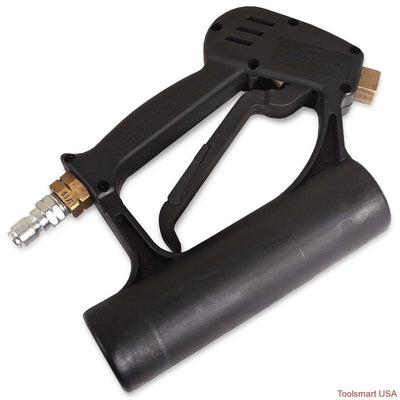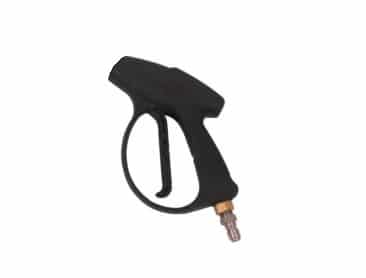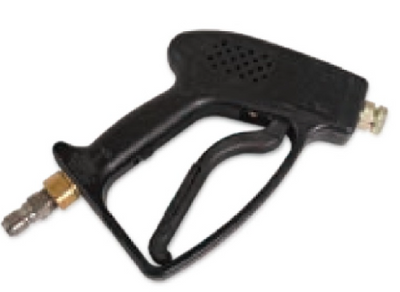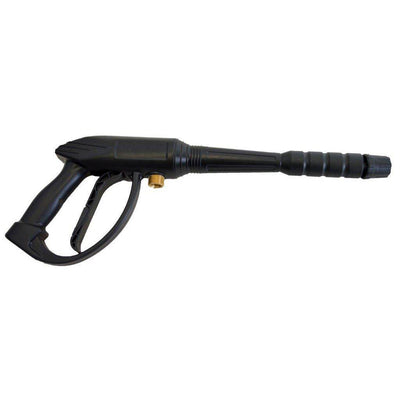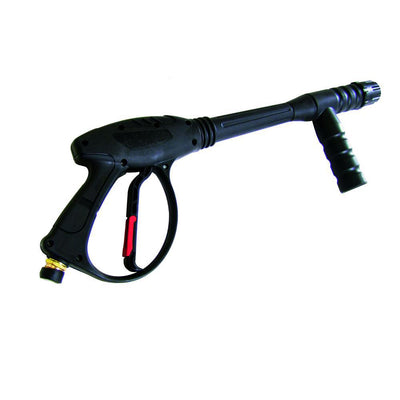HVLP Versus Airless Paint Sprayer A Guide
What is an HVLP Spray Gun and How does it work
An HVLP spray gun has two separate chambers one for air and one for fluid. Fluid is fed to it fluid nozzle and air is an injected into the fluid after it leaves the nozzle. Fluid can be fed to the HVLP spray gun by a variety of methods including by gravity, a suction cup, or by pressure pressure pot or pressure cup An HVLP spray gun uses the air to effectively break up a coating. The benefit to using air is that it provides a very fine breakup resulting in a high quality finish. Additionally, in HVLP spray gun uses low pressure air and this allows for a very high transfer efficiency of the spray gun. Transfer efficiency references how much of a coating is applied to a product surface versus how much ends up not being applied and becoming overspray. While HVLP uses Low Pressure it does require a High Volume of Air which means it needs a compressor that supports a large CFM of air to be able to feed the spray gun or you will have to use a turbine HVLP Spray Gun unit which you can learn more about here.
What is an Airless Paint Sprayer?
An airless paint sprayer uses fluid pressure and a small opening to cause fluid to be atomized. Unlike an HVLP spray gun, and airless paint sprayer does not use air to help break apart a coating. Since air is not used in atomizing the coating, and airless paint sprayer will not provide the same finish quality that a HVLP spray gun will. However, since an airless paint sprayer uses a piston pump it will most often provide a higher volume paint then an HVLP spray gun. Additionally, Airless Paint Sprayers are offered in both electric and gas driven models which can help when portability is critical.
When is an HVLP Spray Gun the Right Option
An HVLP spray gun will typically be best when your primary goal is quality finish that you are applying rather than the speed at which you are applying a coating. An HVLP spray gun also be ideal when you want to minimize the amount of coating that you use, this can be important because it can be a requirement depending on the industry in which you are working as well as the state which you work in, you can find out more by contacting your state EPA. Another scenario where in HVLP spray gun will be ideal is when you do not need a large volume of paint for your particular product or project. If you only need is a small amount of paint, you can use a gravity fed, suction cup fed, or small two quart pressure cup which will keep your waste to a minimum and keep your coating costs down. To learn more about each method of feeding a spray gun you can review this resource. If your coatings are highly viscous (thick) an HVLP spray gun will not be a good option for your coding application need. This is because in HVLP spray gun is limited in its ability to atomize heavy coatings.
When is an Airless Outfit the Right Option
An airless paint sprayer will provide higher production and higher pressure. The higher production and higher pressure that an airless provides, makes it an ideal scenario for covering large areas with paint where finish quality is not a huge concern. Additionally, if you have to provide fluid over very long distances because you’ll be painting at high heights were far away from your paint equipment an airless will allow paint to be fed effectively. The high pressure that an airless provides, makes it ideal for highly viscous coatings like zinc based coatings, latex, epoxies, and roof coatings. The downside to airless is that it is only about half as efficient at applying a coating to a surface compared to an HVLP spray gun.
Ideal Airless Applications
- Painting large areas like bridges, steel, and new construction
- Applying thick coatings
- Painting Ships
- Painting Locomotives
- Residential painting with latex
- Construction work in the Field
HVLP Spray Gun Ideal Applications
- Car repair
- Car Finishing
- Wood Surface Coating Application
- Fine finishes
- Industries that require HVLP for Emissions Reduction
- Touch up repair work
Conclusion
By choosing the right application equipment you can ensure a smooth painting experience. By choosing the proper equipment based on the viscosity of coatings you will spray, the production you need to achieve, and the environment you will be spraying in. If you need additional insight you can download our complete guide to painting equipment here.

